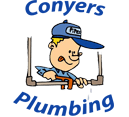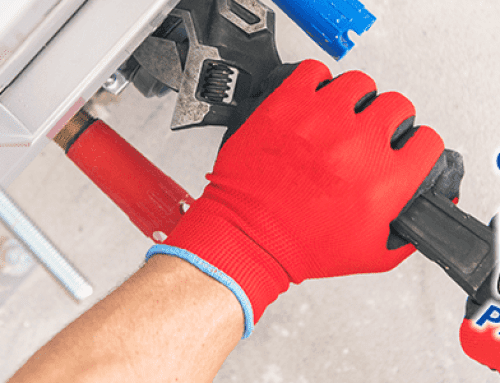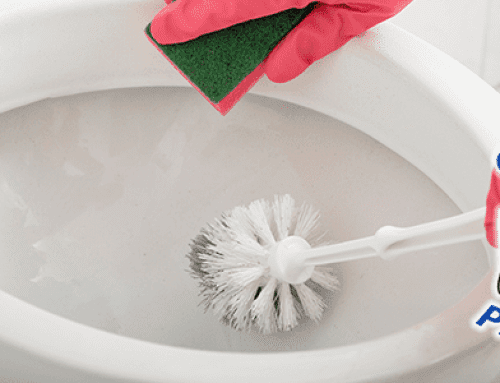We’re all looking for easy ways to pinch pennies every month. Your water bill is no exception. Fortunately, we have some money-saving tips that are easy to implement into your everyday routine. When it comes to plumbing, there are certain preventive measures that can help you avoid unnecessary water (and consequently, money) loss. From cutting down on daily water use and making sure taps and pipes are in good shape, conserving water and reducing bills is easier than you might think.
Shower vs. Bath
According to the U.S. Environmental Protection Agency (EPA), a full bathtub requires about 70 gallons of water, while taking a five-minute shower uses 10 to 25 gallons. Shower whenever possible! While we’re on the subject of showers, installing a low-flow showerhead is an easy way to significantly reduce water consumption. Even a 10 minute shower with a conventional showerhead can use up to 42 gallons of water. Low-flow showerheads are easy to install and use far less water. Go the extra mile and set a household shower time limit.
Turn off those taps
A dripping tap is more than just an annoying sound; it can waste up to 15 gallons of water per day and add approximately $100 to your yearly water bill. To avoid trickling pennies down the drain, make sure you turn your taps off all the way. If a fully closed tap continues to leak, have it repaired or replaced. Investing in plumbing maintenance now will help you save money in the long run.
Expose hidden leaks
Not all water leaks can be spotted with the naked eye. Some leaks are hidden and require some detective work on the part of the homeowner to be found. To determine if your home has any hidden leaks, check your water meter before and after a specific period of time when no water has been used. If the meter has changed, there may be a leak lurking somewhere in your home. You can also invest in several leak detectors to put around your home where leaks are susceptible.
Laundry
There are a few ways to lower your cost per load. The first, and most obvious, way is to invest in high-efficiency machines. Top loading washing machines can use up to 45 gallons per load, while high-efficiency washers use only about 15-30 gallons. Also, aim to always wash with cold water and run full loads.




